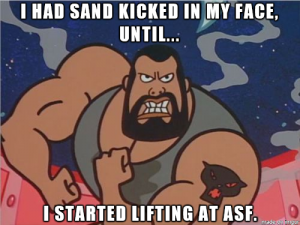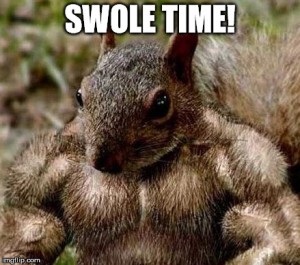I love this post from the Coaches Toolbox site….
Some thoughts on the mindset of a winner to share with your athletes. I hope you can find a few that are useful…
What makes one person a winner and other people losers? How they think! Your self image determines your ability and your success. You will be ready mentally if you are thinking success. For instance:
A WINNER is always ready to tackle something new… a loser is prone to believe it can’t be done.
A WINNER isn’t afraid of competition… losers excuse themselves with the idea that the competition can beat them.
A WINNER makes a mistake and says, “I was wrong”… a loser makes a mistake and says, “It wasn’t my fault,” and blames someone else.
A WINNER is challenged by a problem and goes through it.. a loser does not want to face it, tries to go around it, but never gets by it.
A WINNER realizes there is no time like the present to get a job done… a loser is prone to procrastinate with the hope that things will get better tomorrow.
A WINNER thinks positively, acts positively, and lives positively… a loser usually has a negative attitude and a negative approach to everything.
A WINNER says “Let’s find out…” a loser says, “Nobody knows.”
A WINNER makes commitments… a loser makes empty promises.
A WINNER says, “I’m good, but not as good as I should be…”· a loser says, “I’m not as bad as a lot of other people.”
A WINNER learns from those who are superior… a loser tries to tear down those who are superior.
A WINNER credits his “good luck” for winning-even though It isn’t good luck; a loser blames “bad luck” for losing-even though it isn’t bad luck.
A WINNER knows how and when to say “Yes” and “No”; a loser says, “Yes, but’ and “Perhaps not” at the wrong times, for the wrong reasons.
A WINNER Isn’t nearly as afraid of losing as a loser is secretly afraid of winning.
A WINNER works harder than a loser, and has more time; a loser Is always “Too busy” to do what is necessary.
A WINNER shows he’s sorry by making up for it, a loser says, “I’m sorry,” but does the some thing the next time.
A WINNER knows what to fight for, and what to compromise on; a loser compromises on what he shouldn’t and fights for what isn’t worthwhile fighting about.
A WINNER listens a loser just waits until it’s his turn to talk.
A WINNER, would rather be admired than liked, although he would prefer both; a loser would rather be liked than admired, and Is even willing to pay the price of mild contempt for It.
A WINNER feels strong enough to be gentle; a loser Is never gentle-he Is either weak or petty tyrannous by turns.
A WINNER feels responsible for more than his Job: a loser says, “I only work here.”
A WINNER says, “There ought to be a better way to do It,” a loser says, “That’s the way It’s always been done here.”
A WINNER paces himself; a loser has only two speeds: hysterical & lethargic.
A WINNER works hard to achieve his goals, a loser just gets by.
The Winner is always part of the answer; The Loser is always part of the problem.
The Winner always has a program; The Loser always has an excuse.
The Winner says,”Let me do it;” The Loser says;” That is not my job.”
The Winner sees an answer for every problem; The Loser sees a problem for every answer.
The Winner says,” It may be difficult but it is possible”; The Loser says,”It may be possible but it is too difficult.”
Winners have dreams; Loser have schemes.
Winners say,” I must do something”; Losers say,”Something must be done.”
Winners are a part of the team; Losers are apart from the team.
Winners see the gain; Losers see the pain.
Winners see possibilities; Losers see problems.
Winners believe in win/win; Losers believe for them to win someone has to lose.
Winners see the potential; Losers see the past.
Winners are like a thermostat; Losers are like thermometers.
Winners choose what they say; Losers say what they choose.
Winners use hard arguments but soft words; Losers use soft arguments but hard words.
Winners stand firm on values but compromise on petty things; Losers stand firm on petty things but compromise on values.
Winners follow the philosophy of empathy: “Don’t do to others what you would, not want them to do to you”;
Losers follow the philosophy, “Do it to others before they do it to you.”
Winners make it happen; Losers let it happen.
SO IF YOU, WANT TO BE A WINNER, THINK LIKE A WINNER… ACT LIKE A WINNER… AND SOONER THAN YOU THINK, YOU’LL BE A WINNER TOO!
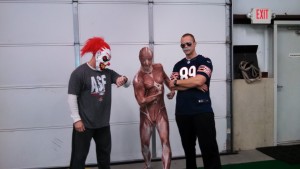
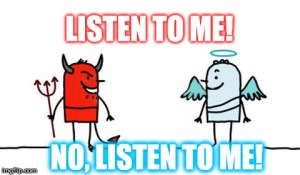

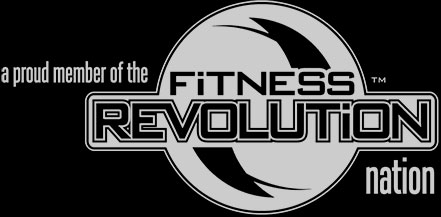

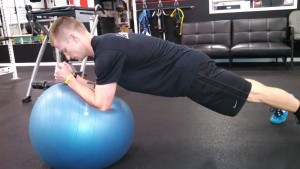
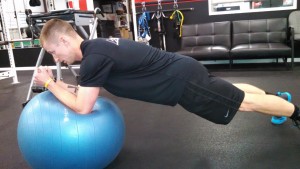
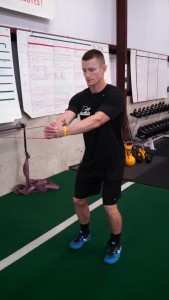


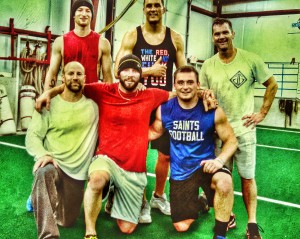
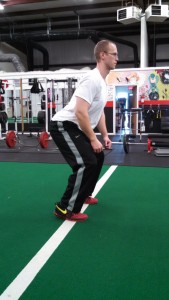 into the ground in a down and back fashion, and the ground pushes back on my leg up and forward. It is this continuous cycle of force application and redirection that leads to me moving forward.
into the ground in a down and back fashion, and the ground pushes back on my leg up and forward. It is this continuous cycle of force application and redirection that leads to me moving forward.
